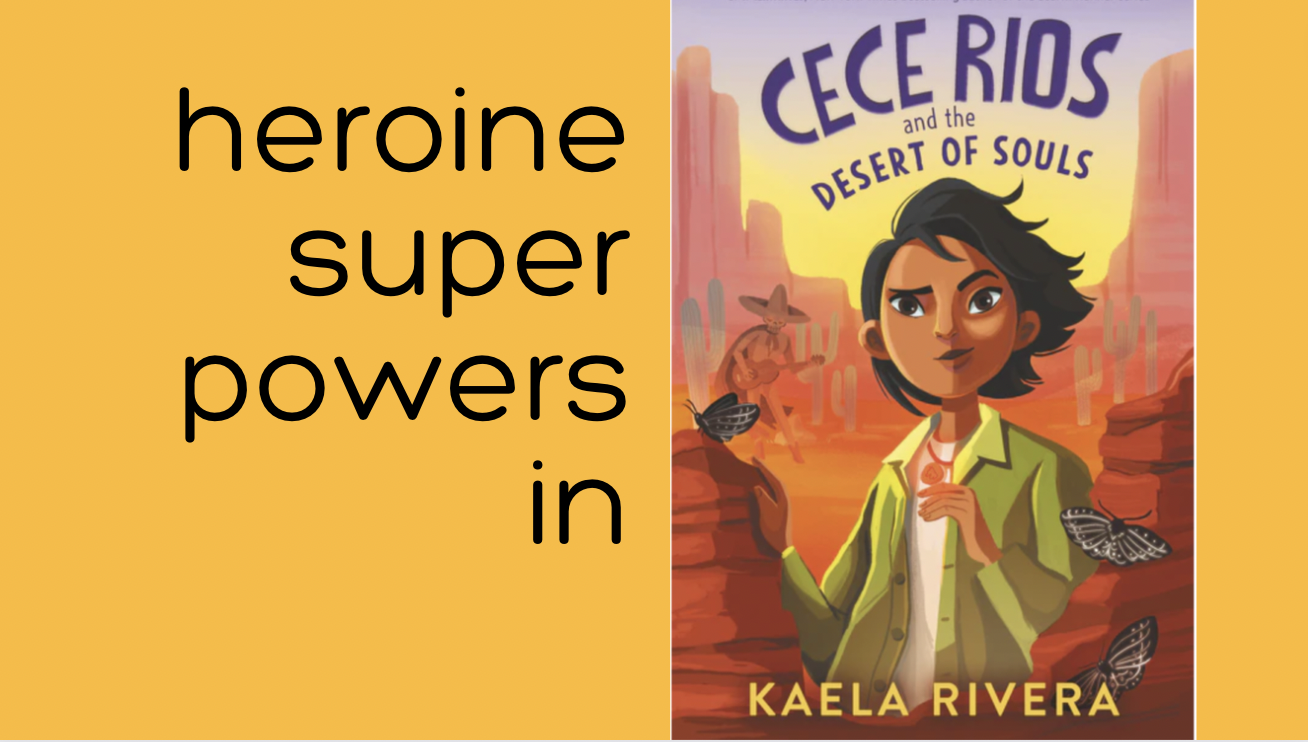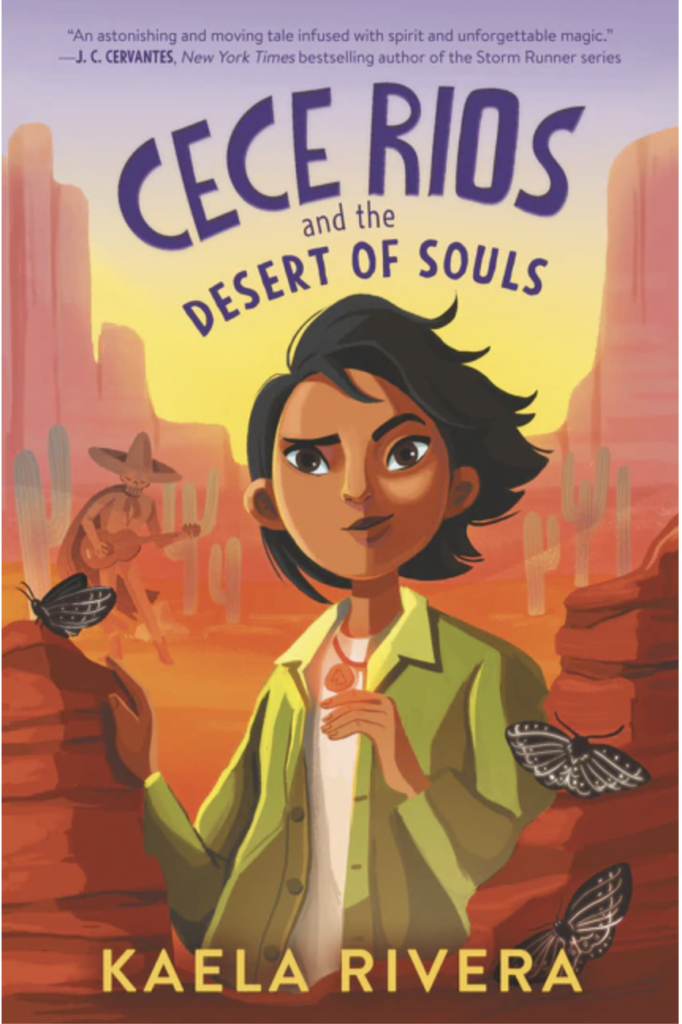craft review by Jen Jobart
One of my all-time favorite writing teachers in Michael Hauge. I have listened to the seminar he did with Christopher Vogler, A Hero’s 2 Journeys, at least a dozen times. I was thrilled to attend his all-day seminar called Fear, Courage, and Coming of Age through the SCBWI San Francisco North and East Bay chapter. But my favorite interaction with him so far was a one-hour consulting session, during which he gave me feedback on the overall arc of the novel I’m writing.
Michael pointed out that I am writing a Superhero story (which I hadn’t realized). He mentioned that stories of the Superhero genre have a certain flow for the internal journey that centers around finding out about the superpower, learning to use it properly, accepting it, and integrating it as part of the self. He encouraged me to study the superhero journey and evaluate how to incorporate the flow into my own novel.
During our conversation, he said:
When you think about someone realizing they have the power, that usually means they were afraid that they wouldn’t [be able to handle it] and they discovered that they could.
Power is given to them at the Opportunity. Then at the Change of Plans, they have to use that power in some way that’s really going to accomplish some goal… The whole story is about [them] bringing out that power.
[So ask yourself,] if she discovers she has a superpower, … then how does she have to use [it]? What’s the obstacle to using it?
(Michael has a 6 stage plot structure, including the Opportunity and the Change of Plans, that links the internal and external journeys. The Opportunity he references is roughly equivalent to what others have coined the Catalyst, the Call to Adventure, or the Inciting Incident. The Change of Plans refers to the beginning of Act 2. This is sometimes called Crossing the Threshold or Break Into 2. The linked plot structure page explains the other plot points, but they also have equivalents in other plot structure explanations.)
In order to understand how a heroine grows into her superpowers, I followed the heroine’s journey closely in three movies: Elsa in Frozen, Rey in Star Wars: The Force Awakens, and Meg in A Wrinkle in Time. I identified a common pattern for a superheroine’s recognition of and acceptance of her superpowers. Then I applied what I learned to analyze CeCe Rios and the Desert of Souls, a middle grade novel by Kaela Rivera to translate what I found in films to what might work in a novel.
The General Structure of the Superheroine’s Journey

Opportunity: The heroine is born knowing she’s somehow different, but she tries to suppress her differences in order to make life easier. She DENIES her superpowers.
Change of Plans: Something happens that forces the heroine to begin to explore her powers. She wouldn’t do it by choice, but she has to. Things go badly. She must now acknowledge her powers, like it or not. She is forced to EXPLORE her superpowers, but not by her own choice.
Point of No Return: She uses her powers in some way that suddenly makes things worse than if she’d never done anything, but she can’t go back now. She has no choice but to move forward and at least acknowledge that her powers are what they are, even if she’s not ready to accept them. She RELUCTANTLY ACKNOWLEDGES her superpowers.
Major Setback: An external force intercedes to make things as bad as they can possibly get. She’s left with her raw values and must look within to figure out what is important and decide how she will move forward. She EXPLORES her superpowers again, this time by her own choice.
Climax: The only way to fix the situation is for the heroine to claim her power and use it to the best of her ability. She is frightened and unsure she can do it, but she has no choice, so she proceeds with courage and uses her power the best she can, integrating everything she’s learned so far about it. She finds that she can use her power for good after all. She EMBRACES her superpowers.
By the end of the story, the heroine has embraced her powers and realizes she can use them for good. She emerges from her story claiming her powers as a part of her integrated, complete self.
Cece Rios, Super-Heroine
After I identified this general pattern, I put it to the test with Cece Rios and the Desert of Souls by Kaela Rivera, an excellent middle grade novel that perfectly illustrates the superheroine’s journey. If you haven’t read the book, please stop reading this post and go read it right now! This post definitely contains spoilers and will ruin an awesome book for you.
In Cece Rios and the Desert of Souls , a dark criatura named El Sombrerón kidnaps Cece’s sister Juana and takes her to Devil’s Alley. Cece blames herself and is determined to rescue her sister. To do so, Cece must win the Bruja fights so that she can gain entrance to Devil’s Alley and bring her sister back. But she can’t do that by herself; she’ll need the help of good criaturas, including Coyote and others. And she’ll need to embrace the powers that she’s spent her life denying.
The overall plot points of the superheroines journey that I found in movies lines up perfectly in CeCe Rios.
Opportunity: When Cece is seven, she’s out wandering the desert and gets lost. Tzitzimitl finds her and brings her back. The townspeople capture Tzitzimitl but Cece sets her free. Tzitzimitl says, “I was named to see into the souls of children. And this day, I tell you, Cece Rios, that you have been blessed with a soul like water. None shall have power to burn you or make you ash.” But Cece doesn’t want to be different. She spends her childhood trying to deny her gifts.
Change of Plans: Cece escapes Noche de Muerte because she’s tired of Juana pestering her about the dance. Juana follows her and gets taken by El Sombrerón. Cece fights El Sombrerón and loses. Through this battle, she learns that she will have to depart from the person everyone else wants her to be in order to get her sister back.
Point of No Return: Cece convinces Coyote to join her in the Bruja fights. She will pretend to be a Bruja. Cece has always wanted to fit in but pretending to be a Bruja will do the opposite; no one likes Brujas and she can’t be found out.
Major Setback: Cece’s family finds out she’s posing as a Bruja and she admits it to them. She wins against Brujo Rodrigo, but then he makes her say the vow of the Bruja. Saying the vow would be the easiest way to get her sister back, but she can’t bring herself to say it because she knows in her heart that’s not who she really is.
Climax: Cece glows with the force of water. She and her Criaturas fight against Brujo Rodrigo and his Criatura, Ocelot. El Sombreron plays his guitar and brings up all her darkest thoughts. Cece and her Criaturas lose the fight. Brujo Rodrigo steals the souls of her Criaturas and then steals Cece’s soul. He tells her she’s not a Bruja, she’s a Curandera. Tzitzimitl finds her soulless body and convinces her not to give up. Tzitzimitl says, “You already had a soul as strong as water, even before I came to you. You were blessed by the gods from the beginning.” Cece goes to Brujo Rodrigo to get her soul back. She uses her water powers against Brujo Rodrigo’s fire powers. She uses her emotions, what he’s said is her weakness, against his empty heart and he can’t take it. She takes back her soul, her criaturas’ souls, and the souls of Brujo’s Criaturas. Without those, Brujo is empty because he’s destroyed his own soul in the process of torturing others, and he dissolves into dust. Once free, Brujo Rodrigo’s Ocelot chooses to stay with Cece. The only way for Cece to set all of the criaturas free is if she embraces her Curandera powers and fights with the power of water.
Coyote asks if she’s going to be okay after Brujo Rodrigo stole her soul. Cece says, “My soul is strong as water. I think I’ll be all right.”
At the end of the story, Cece and her now four criaturas face off against El Sombreron to get back her sister Juana’s soul. She calls a rainstorm and then calls on the power of the water to help her. In this final stage, Cece claims her Curandera powers as part of her integrated self and uses them for good.
Now it’s your turn
- Sometimes patterns are easier to identify in well-structured films. Follow the heroine in one of these three movies and see if you can identify her journey: Elsa in Frozen, Rey in Star Wars: The Force Awakens, or Meg in A Wrinkle in Time.
- Does your story’s inner journey tightly weave into the external plot? Does every external event have an internal implication? Listen to the seminar A Hero’s 2 Journeys for inspiration on how to make this work for you.
- Super power books resonate with middle grade readers for a reason. Middle grade is when kids start to realize their uniqueness. Tilting the lens towards the strengths borne of being different, vs. the more uncomfortable aspects, helps middle grade readers own and celebrate who they are. Does your story have an aspect of super powers? Could it be improved by adding one?
- If your book does include a thread about your heroine accepting and reckoning with a special ability, how does the pacing of that discovery work? How does it compare to the pacing we’ve talked about in this post?
For more inspiration from Michael Hauge’s work, check out these posts!
Need a craft infusion, like Michael Hauge and Christopher Volger’s The Hero’s Two Journeys? See our recommendations:
Jen Jobart writes middle grade fiction and is always sending characters she loves on dangerous adventures. She is an active member of the SCBWI and has studied writing for children through Stanford’s Continuing Studies program. When Jen’s not writing, she’s outside gardening and raising chickens at her home in the San Francisco Bay Area. Find her at www.jenjobart.com.



[…] A close examination of heroine super powers in Cece Rios and the Desert of Souls at kidlitcraft […]
[…] A close examination of heroine super powers in Cece Rios and the Desert of Souls at kidlitcraft […]